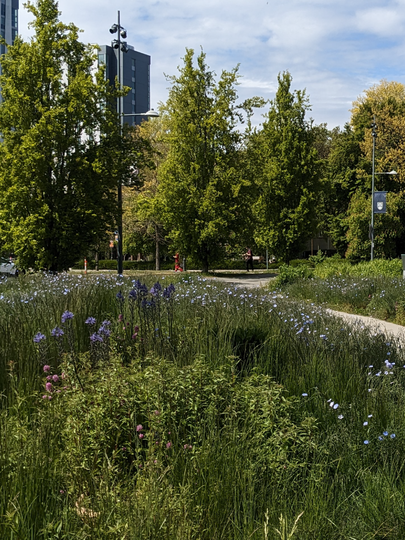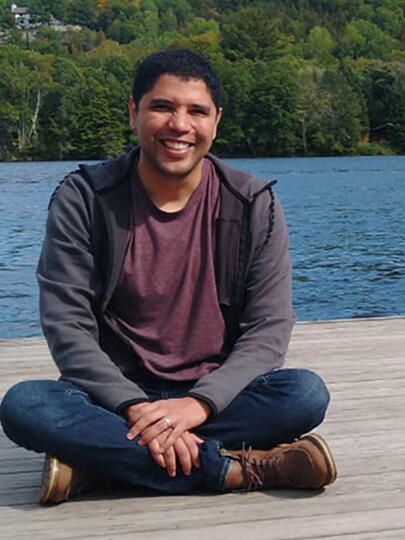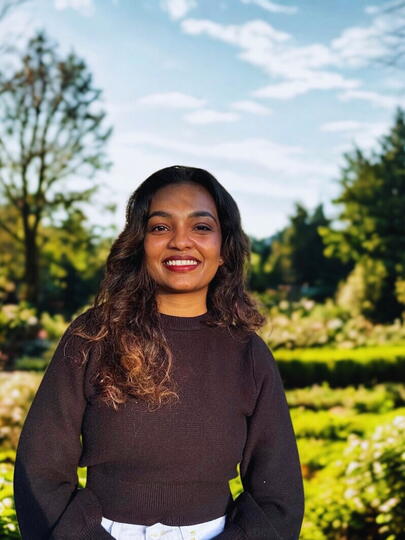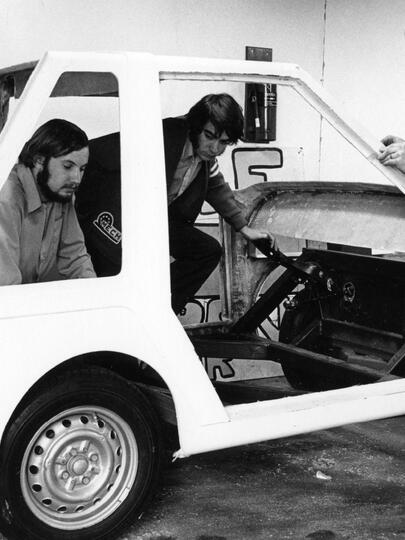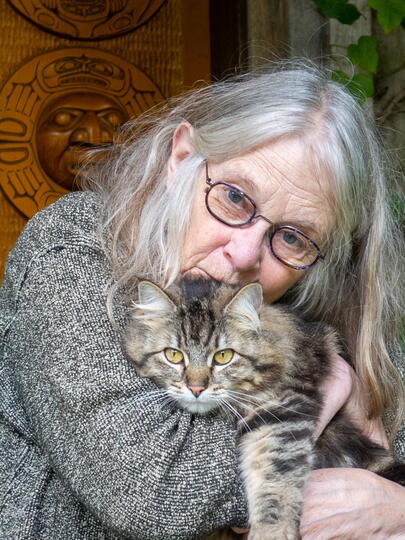An Uncommon Denominator
It seems odd to describe a medical issue that affects 1 in 12 Canadians as “rare.” But taken collectively, the hodgepodge of roughly 7,000 conditions that fall under the rubric of “rare diseases” affects more than three million Canadians – and these are just the known cases. Considering it takes an average 7.6 years for a patient to be diagnosed with a rare disease, undiagnosed patients push those numbers even higher.
Defined as a condition that afflicts fewer than 1 in 2,000 people, a rare disease, taken by itself, is an outsider looking in at the multi‑billion‑dollar health care industry. With scant research funds and little in the way of a patient‑support system, doctors and patients have learned the hard way that sufferers of rare diseases won’t receive the care they need until the medical community makes a mental shift from the rare singular to the frequent collective, a strategy being led by the Rare Disease Foundation (RDF).
In 2007, UBC geneticists Millan Patel and Neal Boerkoel found themselves regularly dealing with families facing undiagnosed disease issues, and were seeking ways to get families support from government and medical institutions that barely recognized rare and undiagnosed conditions as worth addressing. (Undiagnosed conditions and rare diseases go hand‑in‑hand, and are often referred to collectively.)
Defined as a condition that afflicts fewer than 1 in 2,000 people, a rare disease, taken by itself, is an outsider looking in at the multi‑billion‑dollar health care industry.
One of their colleagues connected them with UBC anthropologist Bill McKellin, who had conducted research about families’ experiences with genetic conditions and had introduced anthropological interviews to the medical school program. McKellin took a personal interest in the project – one of his daughters has a rare disease marked by hearing loss and dwarfism, and he’d had extensive contact with doctors over the years. “We’ve had some exceptionally good doctors and we’ve had some exceptionally bad doctors,” he says, “and the chance to open the eyes of people at the beginning of their careers had all kinds of enticement.”
In spring 2008, Isabel Jordan joined the conversation. Jordan’s son Zach had a rare genetic disorder with a host of medical complications, requiring constant care and occasional surgical procedures. With no umbrella organization to provide guidance and support, she was lost in the medical system, overwhelmed by an endless string of questions. “All I wanted was to talk to somebody else, another parent that could help me,” she recalls. “He was about to start kindergarten, and I just wanted somebody, anybody, to tell me what to do next. There was not an organization, not another parent for me to connect with and help me sort out what was going to happen. There was nobody. I was completely at sea.”
Jordan muddled through the next few years the best she could. “We got through it,” she says, “because, you know, you do.” But when Zach turned six and required surgery to remove a tumour in his jaw, things went from worse to worst. “We ended up in the hospital with him, and we didn’t have anybody to turn to to tell us where the good showers were or how to advocate for him when he was in ICU when things all went to hell, because they did. We didn’t have a soul to talk to except for Millan, who was great and kept checking in on us.” Zach’s downturn prompted Jordan and Patel to begin advocating for parents in similar situations, and with the help of Boerkoel, McKellin, and a few other parents and physicians, the Rare Disease Foundation was born.
Research funding favours specific diseases (or groups of diseases) that affect large populations. It is a utilitarian approach to population health, but it ignores the fundamental right of everyone to have equal access to health care.
As a support group for families affected by rare diseases, the foundation gave Jordan’s family a new handle on their situation simply by virtue of community. “It was the most absolutely transformative experience of my life. It was incredible. Because this journey that my husband and I had been on completely alone since day one – none of my friends got it, my parents didn’t get it, nobody got it. Now I was in a room with strangers, and for the first time, they all got it.”
The support group soon led to a parent‑to‑parent resource network, which has since been expanded across the country – an Ottawa chapter in 2011, Toronto in 2012, Victoria in 2013. Recently the foundation held an event just for fathers, hosting guest speaker Ian Brown, whose award‑winning 2009 memoir The Boy in the Moon chronicled the joys and struggles of raising his own severely disabled son.
The importance of these resource networks to families cannot be overstated, in essence a way to treat the families instead of the illnesses. “Even if you have a family member with a rare disease,” says Jordan, “even if there’s no cure or no treatment, there’s a lot that you can do to make life easier. And if you can make it incrementally easier, then it’s more time you can have fun as a family and more time you can focus on each other as a couple, your child, just being a family.”
As vital as the parent‑to‑parent resource network is to the families, it is only a band‑aid on the larger, systemic issue of medical and government organizations failing to provide adequate research funding and umbrella support to the large number of people affected by rare and undiagnosed conditions. Research funding, for instance, favours specific diseases (or groups of diseases) that affect large populations. It is a utilitarian approach to population health, but it ignores the fundamental right of everyone to have equal access to health care, a notion in which Canadians in particular take great pride.
Ironically, the warp‑speed progress of genetic testing is helping the medical community self‑correct through the increasing popularity of personalized medicine. This is the practice of tailoring health care to individuals based on their distinct molecular identity – in other words, treating the particular person instead of the disease. “In some ways, the more tailored things get, the better,” says McKellin. “Now pharmaceutical companies can go after those specific mutations that cause diseases in particular individuals – as in muscular dystrophy – rather than testing a drug on all of the people with the same symptoms. Unfortunately, this division of people with the same diagnosis but different mutations can also divide support communities. So people start to think about these various mutations as different rare diseases when they’re defined genetically, as opposed to clinically.”
Treating diseases genetically (by their root causes) rather than clinically (by how they manifest themselves) is a sea change in the medical community, leading inexorably closer to an era of personalized medicine, a boon to sufferers of rare disorders. “It’s easy for us to think about disease as having a simple cause,” continues McKellin. “But a genetic abnormality that is part of your basic makeup may manifest itself in a host of ways. And so now people talk about disease pathways rather than specific disease.”
Only eight years ago, exome sequencing (a form of genetic sequencing that focuses on exons, the one per cent of the human genome whose mutations result in the most severe disabilities) would run someone $50,000. Today the cost is below $3,000, and getting cheaper. This is welcome news to sufferers of rare and undiagnosed conditions, many of whom spend years moving from specialist to specialist in search of answers.
“It’s to the point where it’s almost cheaper to do exome sequencing than to try a number of drugs on a kid to see which works,” says McKellin. “Personalized medicine in general is becoming a way of avoiding having to go through that trial and error with your doctor and instead you find out what actually works for you.”
Not that there isn’t still plenty of room for research on specific rare diseases, particularly those that aren’t caused by genetic mutation. To address the gap left by research funding priorities based on population health, RDF has established a microgrant program to fund research for individuals who have rare, but equally important health needs. To date, more than half a million dollars has been awarded in increments of $3,200 to $3,500, money raised through fundraisers sponsored by UBC, UBC Rec, and BC Children’s Hospital Foundation.
Ultimately, these are all stopgap solutions until the broader research and government institutions begin to address the medical and social needs of those with rare and undiagnosed diseases. On top of the physical, emotional, and financial struggles faced by this community are a host of ancillary issues. The lack of a specific diagnosis, for instance, makes it extremely difficult for disabled students to get support services in a public classroom, even when a clinician can inform the school of the child’s physical needs. And according to Jordan, families unable to provide proof of a diagnosis are rejected for the government’s disability tax credit an average of five times before being approved.
But even these large‑scale, institutional challenges are slowly abating. RDF co‑founder Neal Boerkoel has recently taken a laboratory director role in the National Institutes of Health’s Office of Rare Diseases Research, and in February 2014, RD‑Connect and the Hospital for Sick Children in Toronto launched PhenomeCentral, an online database that matches rare‑disease patients with similar genotypes and phenotypes to connect clinicians and scientists and speed up the discovery of genes responsible for rare disorders.
But it all comes back to the families having the same access to health care and services that are afforded those with well‑known conditions. “It’s difficult to put it in terms of competition” says Jordan. “It’s not like we’re saying that those are not also worthy things to fund. It’s more about getting equity and having the public, the government, and funding agencies being aware that there is a group that, when you take us all together, represent a very big portion of the population. It’s my son, it’s my community, that deserve access to health care, and that’s a population that right now is just completely falling through the cracks.”
Find out more or join the online community at rarediseasefoundation.org
Trek heard about The Rare Disease Foundation when information about the project was added to yourevolution.ubc.ca, a purpose‑built website where alumni and other members of the UBC community can publicize the socially beneficial projects in which they are involved.







